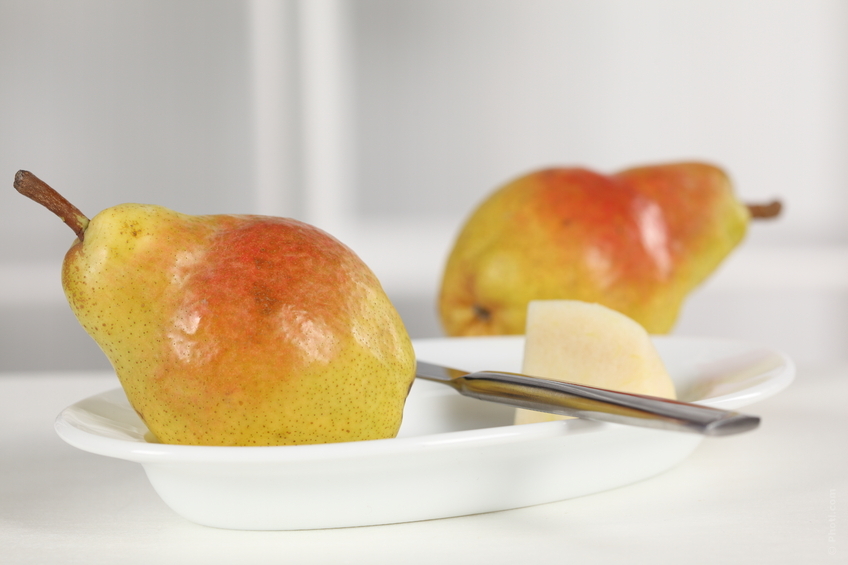Sample SMART Goals
Most people have already heard that setting goals is an important step in making thoughts and wishes a reality. Whether professional, personal, academic or health-related, the goal you set should be SMART. This stands for Specific, Measurable, Achievable, Relevant/Realistic and Time-Bound. Time and again, these goals are more motivating and get you to the next level, no matter your objective. So, in the area of health, nutrition and fitness, what does a SMART goal look like (versus a general goal). Check out these 5 examples:
General: I will eat better. (what, how, when?)
SMART: I will eat 2 servings of green vegetables daily, at lunch and at dinner. (You can also specify a duration).
General: I will be more active. (how, what, when?)
SMART: I will wake up at 6:30 am (instead of 6:45 am) on M, W, and F so I can take a 15-minute walk (or bike ride) before getting ready for work. (You can specify a specific time for your walk).
General: I will eat less sugar to lower my blood sugar levels.
SMART: I will stop adding sugar to my coffee in the morning and have an afternoon snack of 1 oz nuts and a piece of fruit instead of 2 chocolate chip cookies.
General: I will de-clutter my bedroom closet and dresser drawers, donating some items.
SMART: Every Saturday afternoon for the next month I will go through 3 drawers and 1/4 of my closet. (Furthermore, you could add that you will have 2 piles: donate and throw away, etc).
General: I will start following the Mediterranean diet.
SMART: For the next month I will transition to a Mediterranean-style diet by doing the following: eating fish 2x/wk (Tuesday and Friday), snacking on nuts, and trying a new Mediterranean-style recipe on a Sunday evening.









